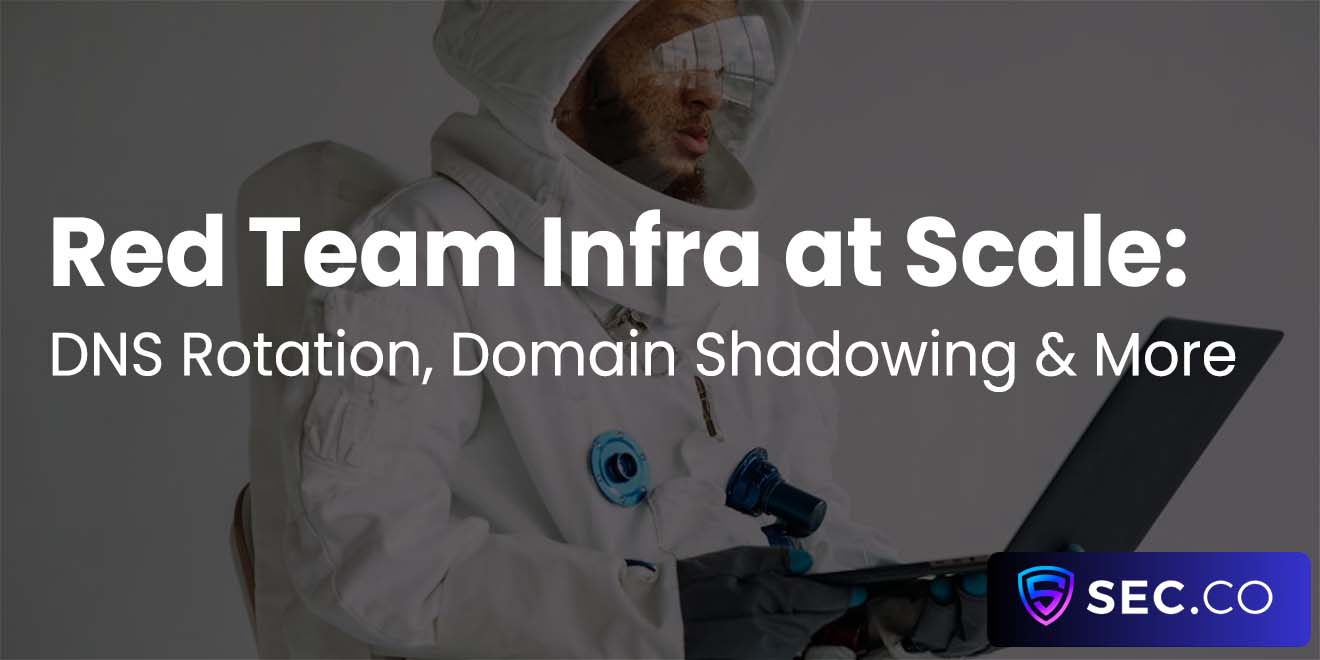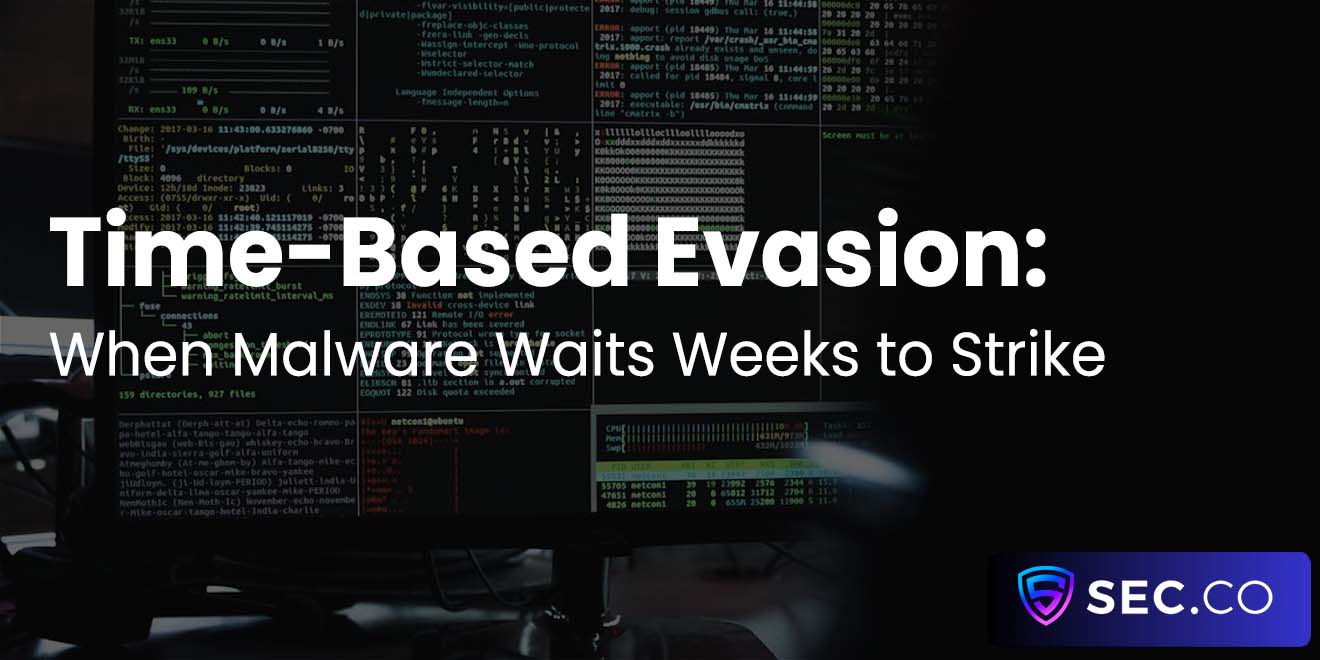How To Detect and Mitigate Lateral Movement in Cloud Environments
Welcome to the delightful chaos of modern cloud security, where lateral movement isn’t just a problem—it's practically a hobby for adversaries. Once an attacker breaks into your cloud environment, they don't immediately exfiltrate the crown jewels. No, first they take a leisurely tour, snooping through every subnet, leveraging your over-permissioned IAM roles, and doing their best impression of that intern who somehow still has admin access months after quitting.
If you think this is just an on-prem issue you left behind with your old data center, bless your heart. Lateral movement in cloud environments is alive, well, and thriving on your misconfigurations. So, let’s dig into how to detect it, mitigate it, and maybe preserve your dignity while we’re at it.
Understanding Lateral Movement in the Cloud (Spoiler: It’s Worse Than On-Prem)
If you thought lateral movement was bad when it was limited to physical servers tucked neatly behind a couple of firewalls, prepare to weep. In the cloud, lateral movement is a multi-region, multi-tenant nightmare fueled by overzealous automation, mismanaged identities, and microservices that never learned to keep their mouths shut.
What Exactly Are Attackers Moving Laterally With?
Attackers don’t just waltz from service to service with nothing but charm. They come armed with stolen IAM roles, temporary tokens, and API keys that someone left in a public GitHub repo like a gift basket. They hijack over-permissioned service accounts that were spun up for a “quick test” and never retired.
And once inside, they lean heavily on inter-service communication. Remember that internal-only API endpoint you swore no one would ever find? Yeah, they found it, and now it’s their personal express lane.
Why Cloud Makes Lateral Movement a Full-On Festival
Cloud environments make lateral movement the equivalent of an all-access music festival. You’ve got no traditional perimeter to speak of, and your workloads are chatting away across availability zones like they’re at brunch. And while Zero Trust architectures promise salvation, most organizations are still figuring out how to spell “microsegmentation.”
Meanwhile, the attack surface sprawls across thousands of APIs, dozens of regions, and enough permissions mismanagement to make any security team question their life choices.
Common Signs You’ve Got an Uninvited Guest Roaming Around
If you’re waiting for a massive, blinking red alert to tell you someone’s moving laterally in your cloud, please reconsider your career in security. Cloud-native lateral movement is subtle. It’s sneaky. And if you’re not actively looking, you’re already behind.

Unusual Identity Behavior
Let’s say a service account originally created to process invoices just attempted to spin up compute resources in three continents. Normal? Hardly. Attackers thrive on repurposing these forgotten identities, using them to traverse your environment without triggering traditional alarms. When credential usage patterns deviate from established baselines—especially with actions outside of an identity’s intended scope—it’s time to start sweating.
API Call Patterns That Should Make You Sweat
You know what legitimate users don’t typically do? Systematically enumerate every resource, jumping from service to service in a flawless, methodical pattern like they’re speedrunning your environment. When an API client starts invoking calls to list every secret, download every config, and pivot across services it’s never touched before, congratulations.
You’ve got lateral movement in progress. Bonus points if you catch the attacker rotating between compromised credentials mid-session, just to keep things spicy.
Detection Strategies That Don’t Suck (Or, Please Stop Relying on CloudTrail Alone)
CloudTrail is great. Until you realize it’s a haystack the size of Jupiter and you’re looking for a needle that actively avoids detection. The key to lateral movement detection is not just having the data—it’s making sense of the chaos before the attackers have already left town.
Behavioral Analytics FTW
Static rules are cute until an attacker behaves slightly differently and sails right past them. Behavioral analytics offers a fighting chance by establishing dynamic baselines for identity activity, resource interactions, and network flows.
When something deviates from those baselines—say, an EC2 instance making new kinds of calls in the dead of night—you get alerted. And unlike your traditional SIEM’s 9,000 daily false positives, this one might actually matter.
Graph-Based Attack Path Mapping
Picture your cloud environment as a sprawling subway system. Now imagine an attacker charting a route from the IAM station to the S3 terminal via the Lambda line. Graph-based detection lets you visualize these movements in real time, correlating seemingly unrelated events to illuminate the paths attackers take as they pivot across your environment.
Once you see the web they’re weaving, it becomes a lot easier to shut them down before they complete their tour.
Mitigation Techniques That Won’t Tank Your Uptime (Probably)
If your mitigation strategy involves cutting the cord on entire regions or revoking all user permissions at once, congratulations—you’ve just DoS’d yourself. The goal is to lock the attacker out without taking yourself down in the process.
Identity Hardening Like You Mean It
Start by rethinking your approach to identity management. Least privilege isn’t just a best practice; it’s a survival tactic. Every time you grant "AdministratorAccess" to a workload because you "just need to test something real quick," a red teamer somewhere gets their wings. Rotate secrets frequently, audit permissions relentlessly, and treat every identity—human and machine—with the suspicion they deserve.
Microsegmentation Done Right
East-west traffic deserves as much scrutiny as north-south. If workloads can communicate freely without restriction, congratulations—you’ve just given an attacker carte blanche once they’re inside. Microsegmentation, when implemented properly, contains lateral movement by limiting which services can talk to each other and under what conditions.
Yes, it’s a pain to implement. Yes, it will break things. But you know what else breaks things? Ransomware in your production environment.
Long-Term Defense: Because They’ll Be Back
Treat lateral movement not as a one-time incident but as an ongoing inevitability. If they got in once, they'll try again. Build your defenses like you expect the worst, because you should.
Continuous Threat Modeling
Your cloud environment isn’t static. Neither are your attackers. Regularly revisit your threat models, update your assumptions, and rethink your blast radius. If the only threat model you’ve done was three years ago during a compliance audit, you’re playing yourself.
Automated Response Playbooks
Manual incident response is for the birds. The faster you can detect and neutralize lateral movement, the less damage they do. Automated playbooks that disable compromised credentials, quarantine suspicious workloads, and alert human responders before things escalate are the difference between "minor incident" and "career-ending breach."
So unless you enjoy waking up at 3 AM to babysit a shell session, invest in automation like your sleep depends on it.
Trusted by the Web Community
See what we written lately
Request an invite
Get a front row seat to the newest in identity and access.















